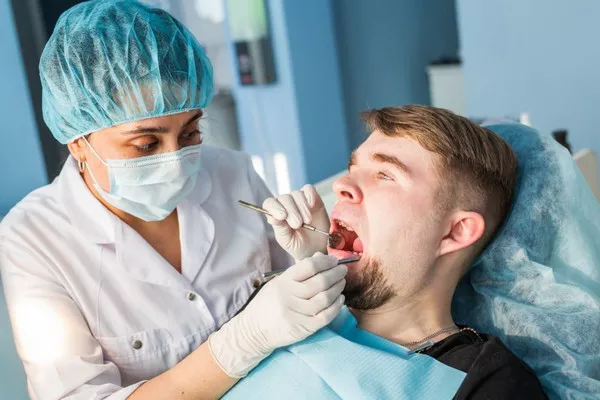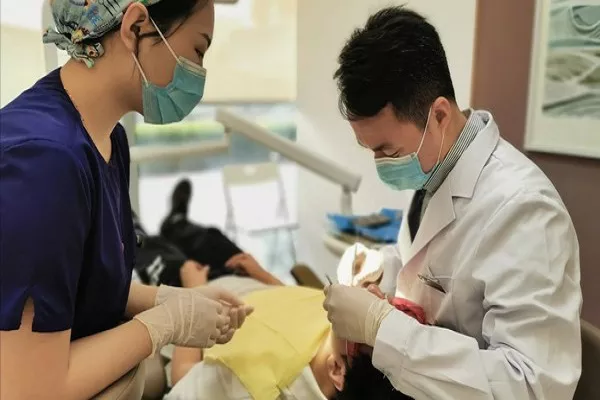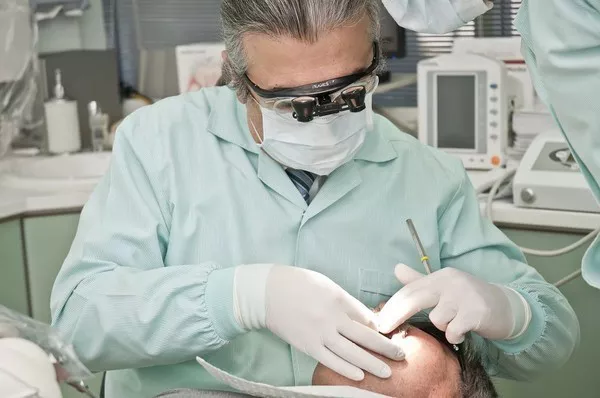Periodontal disease, commonly known as gum disease, is a prevalent oral health condition that affects the supporting structures of the teeth. It’s often the result of a complex interplay between oral bacteria and the body’s immune response. Among the numerous microorganisms present in the oral cavity, specific bacteria have been identified as major contributors to the development and progression of periodontal disease. In this article, we delve into the world of oral bacteria, exploring the strains associated with periodontal disease and their role in oral health.
Understanding Periodontal Disease
Periodontal disease encompasses a range of conditions that affect the gums, ligaments, and bone supporting the teeth. It typically begins with gingivitis, an inflammation of the gums, which, if left untreated, can progress to more severe forms of gum disease known as periodontitis.
The Role of Oral Bacteria
The oral cavity is home to a diverse community of microorganisms, including bacteria, viruses, and fungi. While not all bacteria are harmful, certain strains have been linked to periodontal disease. The buildup of bacterial plaque, a sticky film that forms on teeth and gums, plays a pivotal role in initiating and exacerbating gum disease.
Bacteria Associated with Periodontal Disease
Several bacteria have been identified as major players in the development of periodontal disease:
Porphyromonas gingivalis: This bacterium is commonly associated with severe periodontitis. It produces enzymes that break down gum tissue, contributing to the destruction of the supporting structures of the teeth.
Tannerella forsythia: This bacterium is often found alongside Porphyromonas gingivalis in periodontal pockets. It plays a role in promoting inflammation and tissue destruction.
Treponema denticola: Known for its motility, this bacterium can penetrate deep into gum tissues, contributing to tissue damage and inflammation.
Aggregatibacter actinomycetemcomitans: This bacterium is linked to aggressive forms of periodontitis and can cause rapid destruction of gum and bone tissues.
Fusobacterium nucleatum: This bacterium can attach to other bacteria, forming complex biofilms that contribute to the progression of gum disease.
Biofilm Formation and Inflammation
The bacteria associated with periodontal disease often form biofilms, which are communities of microorganisms encased in a protective matrix. Biofilms make it difficult for the immune system and antimicrobial agents to eliminate the bacteria effectively. Additionally, the interaction between the bacteria and the body’s immune response can lead to chronic inflammation, contributing to tissue damage and bone loss.
Risk Factors and Prevention
Several factors increase the risk of developing periodontal disease, including genetics, poor oral hygiene, smoking, and certain medical conditions. Prevention and management strategies include:
Effective Oral Hygiene: Brushing and flossing regularly help remove bacterial plaque and prevent its accumulation.
Professional Cleanings: Regular dental cleanings remove plaque and tartar buildup that cannot be eliminated through home care alone.
Healthy Lifestyle: Avoid smoking and maintain a balanced diet to support oral and overall health.
Early Intervention: Address gum inflammation and bleeding promptly to prevent the progression of gum disease.
Conclusion
Periodontal disease is a multifaceted condition influenced by an array of factors, including the presence of specific oral bacteria. Understanding the role of these bacteria, such as Porphyromonas gingivalis, Tannerella forsythia, Treponema denticola, Aggregatibacter actinomycetemcomitans, and Fusobacterium nucleatum, is crucial in comprehending the disease’s development and progression. Biofilm formation, chronic inflammation, and tissue destruction are among the outcomes of bacterial activity in the oral cavity. By practicing effective oral hygiene, seeking regular dental care, and adopting a healthy lifestyle, individuals can take proactive steps to prevent the onset and progression of periodontal disease. Remember that your dentist plays a pivotal role in diagnosing, treating, and guiding you toward optimal oral health.
Related Topics:





























